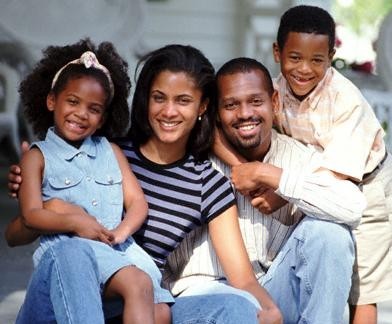“The stock market is a device for transferring money from the impatient to the patient.” – Warren Buffett
From 1998 to 2010 Ariel Investments, an African American owned investment firm headquartered in Chicago, has conducted a study on the state of the African American investor in comparison to European American counterparts. Absent for five years, in 2015 the company resumed its research and released an update on the state of the African American investor. Overall, African American participation still trails European Americans by nineteen percentage points and nothing seems to influence that participation among African Americans more than education and income, while European Americans saw negligible change in participation regardless of income or education in the study.
- In 2015, black investing is at 67 percent, while white investing is at 86 percent.
- African Americans between $50 000 and $100 000 per year in household income, 57 percent are investors, while that numbers jumps to 81 percent for households making over $100 000.African Americans earning over $100 000 are 47 percent more likely to be invested than those earning between $50 000 and $100 000. For European Americans, that gap is 10.8 percent.
- African Americans with graduate degrees have a 72 percent participation rate, while those with a bachelors or less participate at 63 percent. That is a 14.3 percent gap, while for European Americans it is only 2.3 percent in regards to education.
- Real estate for the first time is not considered the “best investment overall” by African Americans. After being at 61 percent in 2004, real estate dropped to 37 percent as best investment overall. On the flip side, stocks have climbed from 28 percent to 41 percent as best investment overall.
- The state of retirement has drastically changed from a decade ago where 42 percent of African Americans expected to retire before the age of 60; now that sentiment stands at 17 percent.
Being at a company that offers a retirement plan is critical to African American investing than European Americans. There was a 40 percent more likelihood that for African Americans this was the entry into investing. The most baffling part of the report highlights African American economic illiteracy perhaps. 3 out of 4 African American households feel hopeful about the current U.S. economy, while European Americans were 2 out of 4. Two-thirds of African Americans feel the economy has or is almost fully recovered from the recession, while well under half of European Americans felt the same. And lastly on the economy, African Americans at a two-thirds clip feel bullish about the stock market, while just over half of European Americans do. Ariel Investments reports, “African American bullishness has increased since 2005, whereas for whites, it has decreased in the last decade.” The ascension of President Obama’s election in 2008 certainly can explain some of that, but not much explains the previous four years prior to his election. Even the presence of the President Obama during the greatest recession since the Depression has to make one question African American sentiment and what it was rooted in – if anything. A Great Recession that depleted 83 percent of African American wealth in large part because of that heavy dependency on the aforementioned real estate as the best investment overall. The conundrum is that despite this very bullish conviction on the economy, it is not causing a closure in the investment gap.
Highlights & Solutions:
Overall investment participation. European Americans are almost 30 percent more likely to be invested.
- Education and income being the primary drivers, which is a negative. In other words, how do we get less educated and lower income African Americans to participate. One solution is the reemergence of investment clubs tucked in neighborhood organizations. Using small monthly buy-ins of $5-15 per month can potentially be more enticing among lower income, while exposing them and allowing them to reap the benefits of pooled money.
Market participation among Baby Boomers is stark when it comes to race. European Americans over the age of 65 are invested 57 percent more than their African American counterparts.
- The consequences of this is far reaching. As African American Baby Boomers pass away, the gap in potential inheritance for heirs and African American institutions will be acute to their counterparts. African American Baby Boomers reliance on government employment and its current contraction
In the past five years, African American for the first time find stocks to be a better investment than real estate. A sign that African America is becoming more willing to take on risk in their portfolios.
- This trend hopefully will continue. However, in a follow up to the question, almost two-thirds of African American investors believe a home improvement is a better investment than stocks. A need for tangible investments versus abstract ones such as stock maybe a cultural hurdle that financial advisers must overcome to engage more African Americans. Investors must do research to make sure the home improvement they are thinking of engaging will actually add value to their home. Remember, there are only two ways to pull value out of a home – sell it or borrow against the equity. In either case, an investor must ask themselves what their plans are with the new capital and how it will impact their portfolio.
There has been no asset class over the past one hundred years with a better return than equities. African America’s lack of disposable income the past few generations have caused it to lose out on many of the wealth gains other groups have experienced. Having the lowest median income of all groups has certainly been a problem, but for those who can engage must do so if we are to have a formidable plan of closing the wealth gap for African Americans.
For the full Ariel Investment report, click here.






